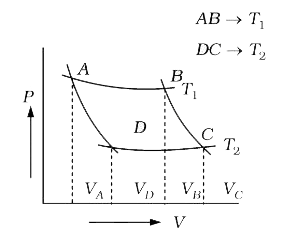Two different adiabatic curves for the same gas intersect two isothermals at T1,andT2 as shown in P−V diagram, (figure). How does the ratio (Va/Vd) compare with the ratio (Vb/Vc) ?
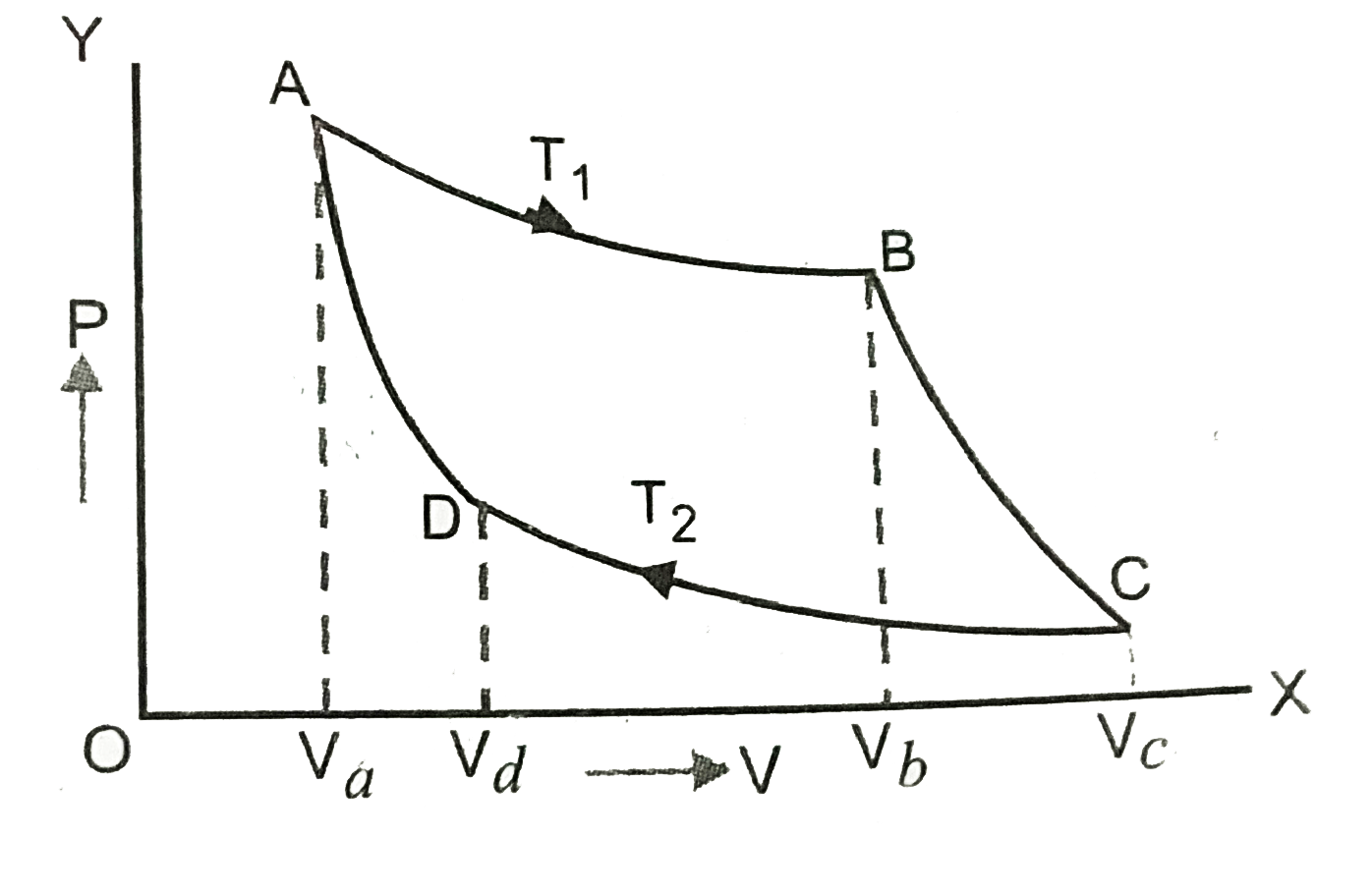
=VA/VD
<VA/VD
>VA/VD
cannot say
The correct Answer is:A
Step by step video, text & image solution for Two different adiabatic curves for the same gas intersect two isothermals at T_(1), and T_(2) as shown in P-V diagram, (figure). How does the ratio (V_(a)//V_(d)) compare with the ratio (V_(b)//V_(c)) ? by Physics experts to help you in doubts & scoring excellent marks in Class 11 exams.
Updated on:21/07/2023Topper's Solved these Questions
- KTG & THERMODYNAMICSBOOK - RESONANCECHAPTER - KTG & THERMODYNAMICSEXERCISE - SECTION (D)
2 Videos
- KTG & THERMODYNAMICSBOOK - RESONANCECHAPTER - KTG & THERMODYNAMICSEXERCISE - SECTION (I)
2 Videos
- KTG & THERMODYNAMICSBOOK - RESONANCECHAPTER - KTG & THERMODYNAMICSEXERCISE - SECTION (A)
3 Videos
- KINETIC THEORY OF GASES AND THERMODYNAMICSBOOK - RESONANCECHAPTER - KINETIC THEORY OF GASES AND THERMODYNAMICSEXERCISE - Exercise
64 Videos
- MAGNETIC FIELD AND FORCESBOOK - RESONANCECHAPTER - MAGNETIC FIELD AND FORCESEXERCISE - Exercise
65 Videos
Similar Questions
Knowledge Check
Two different adiabatic parts for the same gas intersect two isothermals at T1andT2 shown in P-V diagram . Then the ratio of VaVb will be
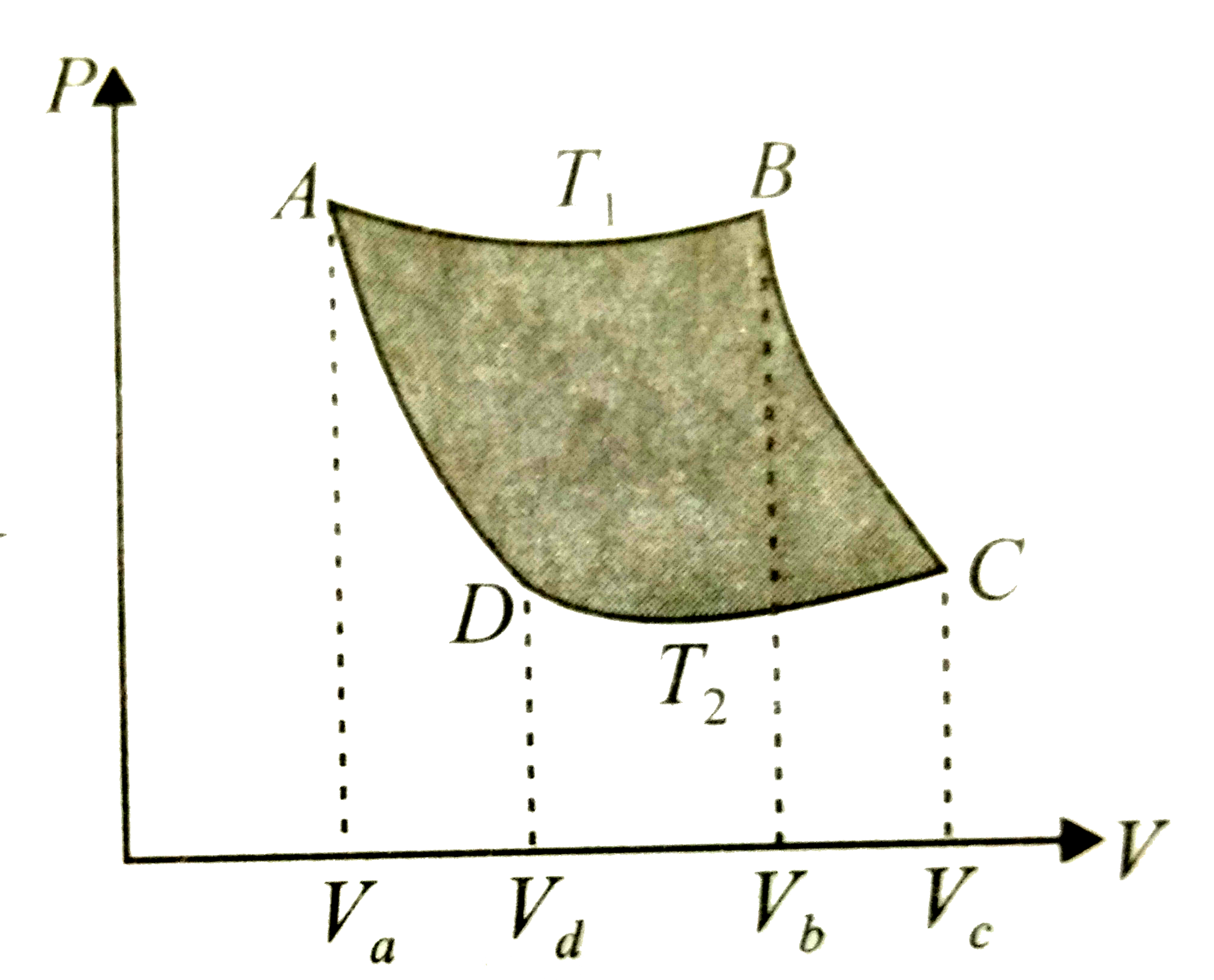 AVcVdBVdVcCγVdVcD1γVdVc
AVcVdBVdVcCγVdVcD1γVdVcIn the following P-V diagram two adiabatics cut two isothermals at temperature T1andT2 (fig). The value of VaVd will be
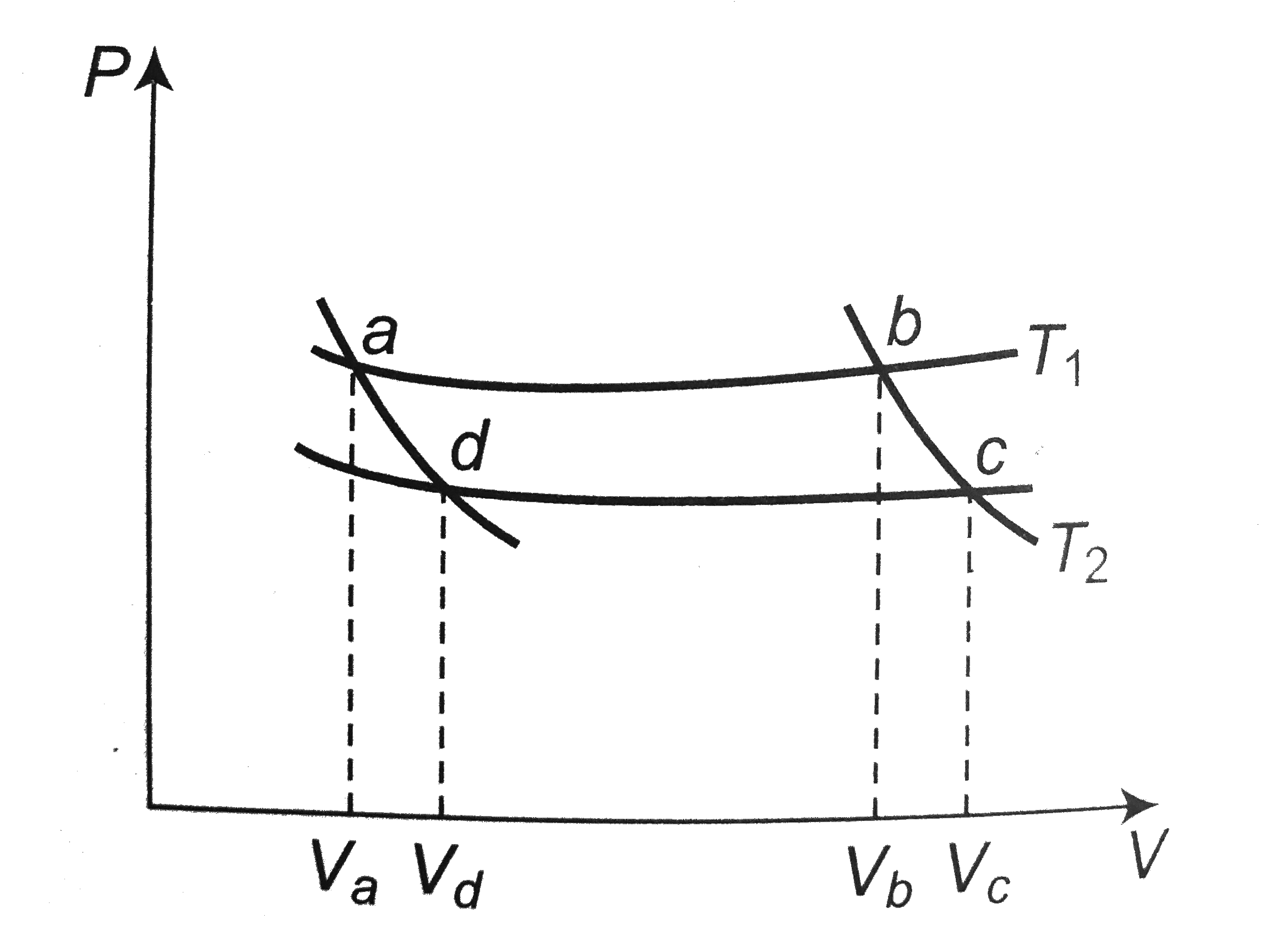 AVbVcBVcVbCVdVaDVbVc
AVbVcBVcVbCVdVaDVbVcThe voltage V and current I v graphs for a conductor at two different temperatures T1andT2 are shown in the figure. The relation between T1andT2 is
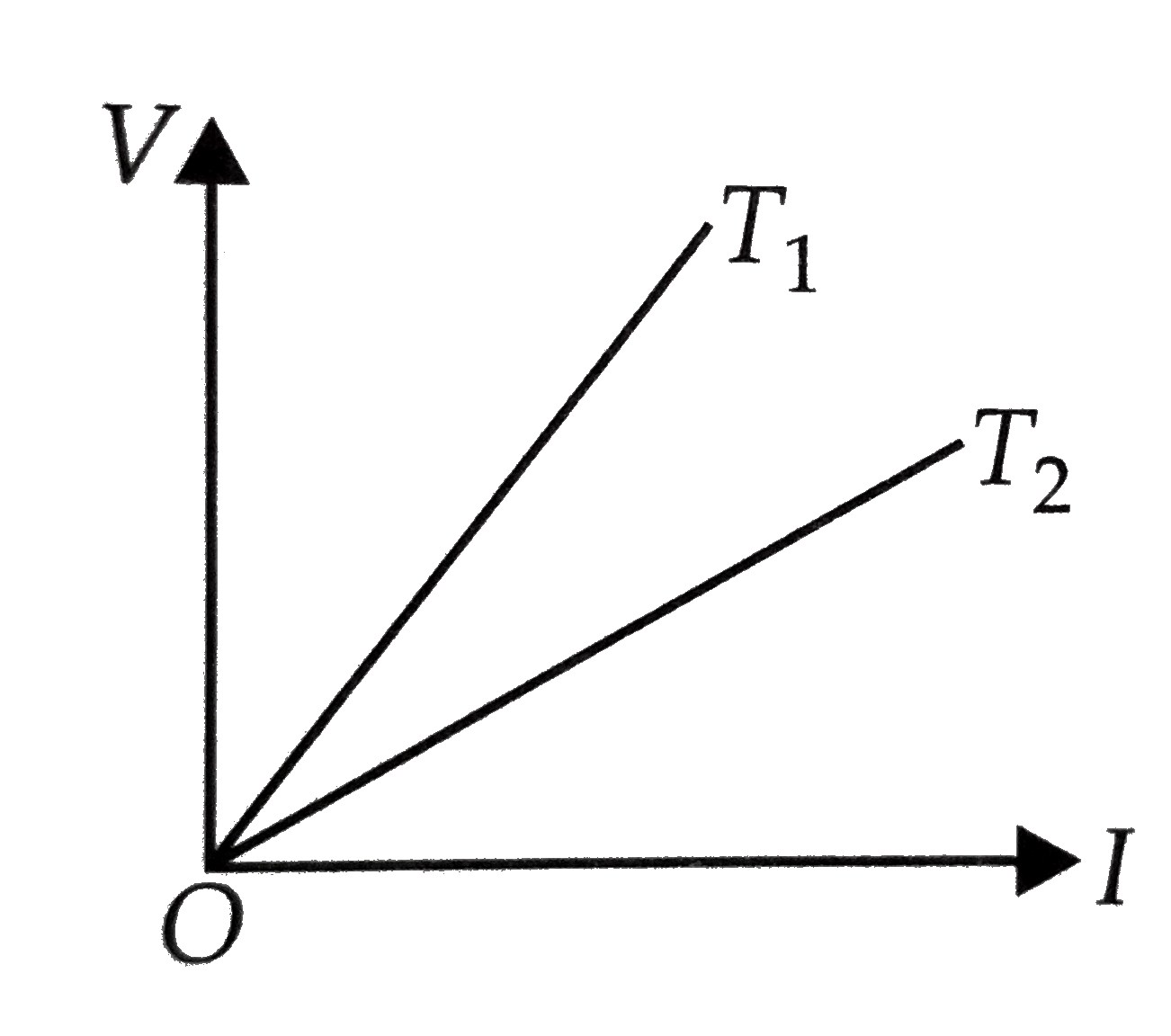 AT1>T2BT1<T2CT1=T2DT1=1T2
AT1>T2BT1<T2CT1=T2DT1=1T2
Two capacitors C1 and C2 are connected in a circuit as shown in figure. The potential difference (VA−VB) is
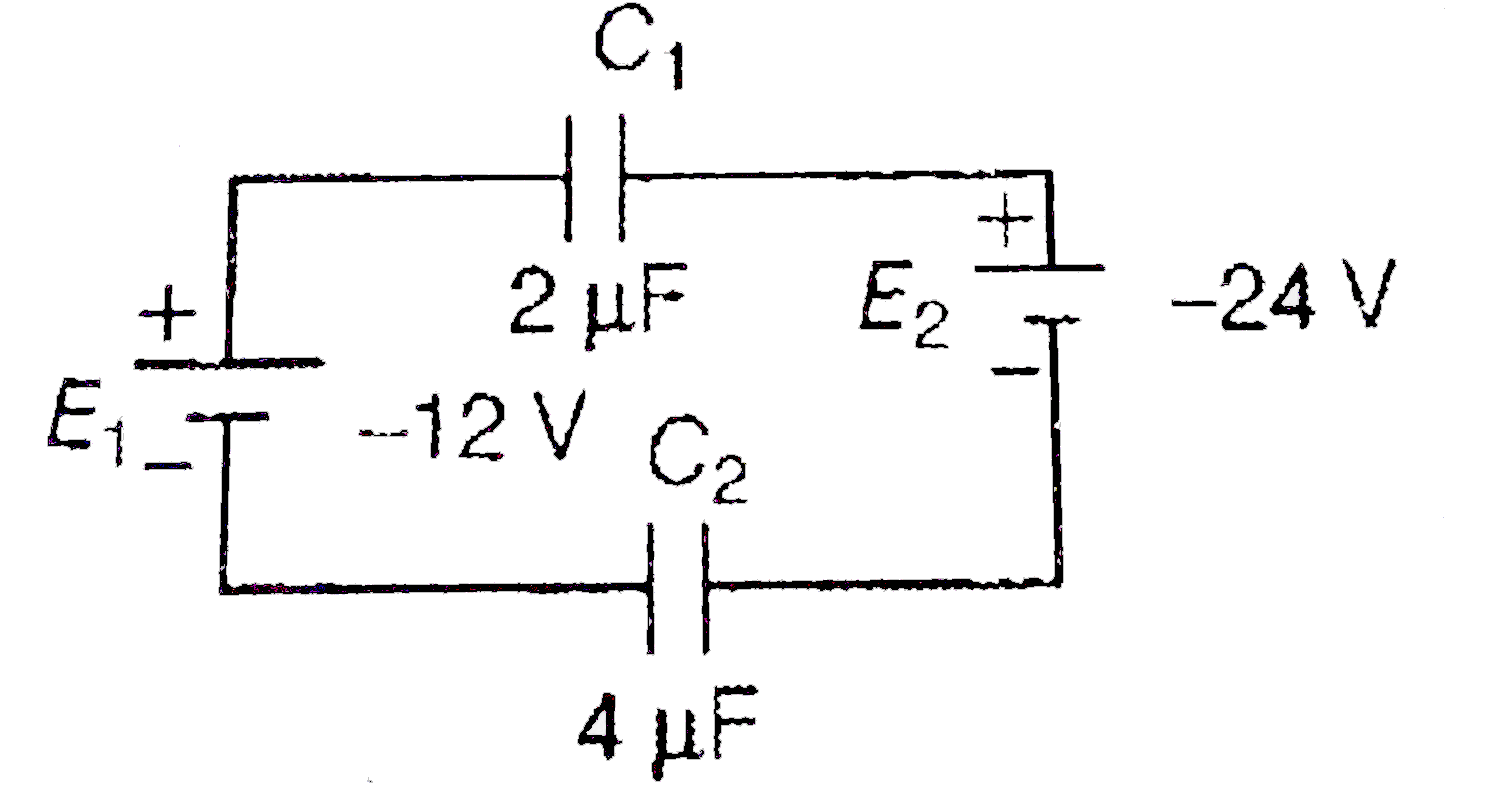
View SolutionIn the circuit shown in the figure, the ratio of VB as VC is
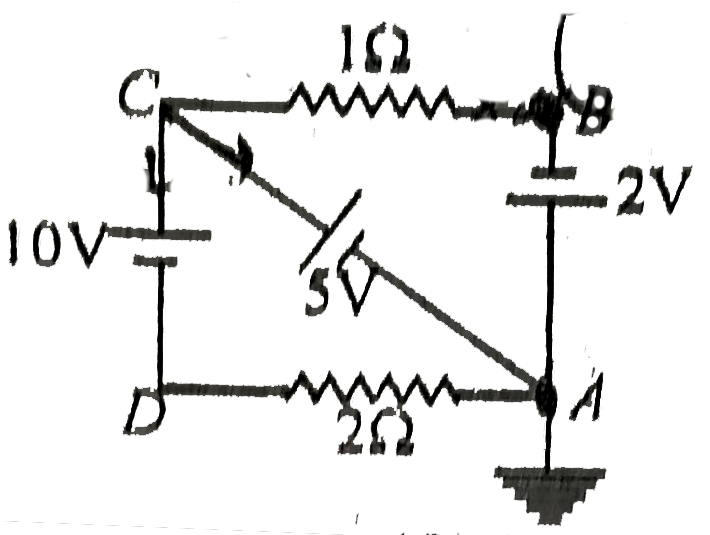
View SolutionFor a certain mass of gas, the isothermal curves between P and V at T1andT2. temperatures are 1 and 2 as shown in figure, then
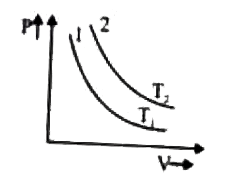
View SolutionA cyclic process ABCA is shown in the V−T diagram process on the P−V
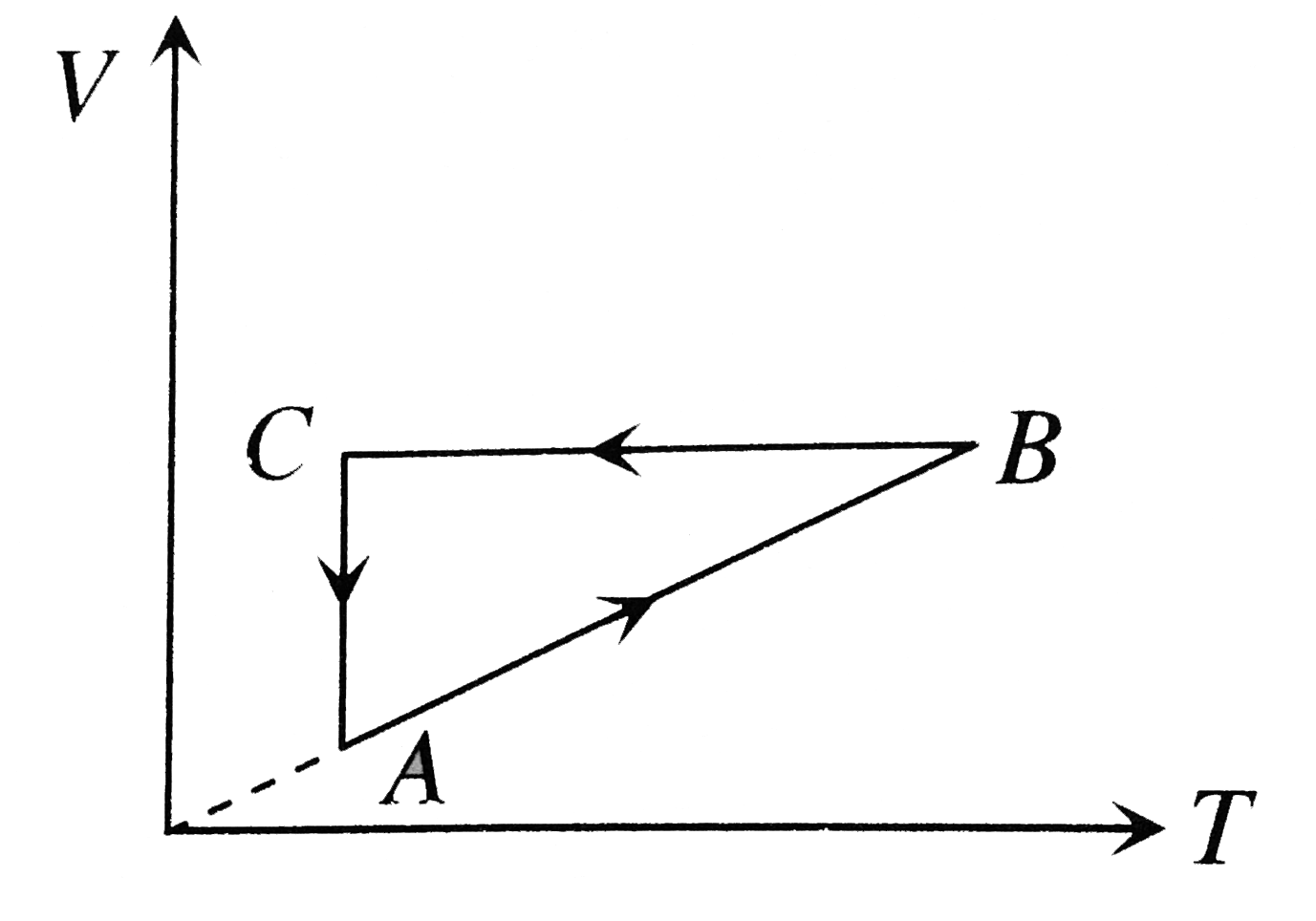
View SolutionIn the following P-V diagram of an ideal gas, two adiabates cut two isotherms at T1=300KandT2=200K. The value of VA=2 unit, VB=8 unit, VC=16 unit. Find the value of VD .

View Solution

_E01_061_Q01.png)
